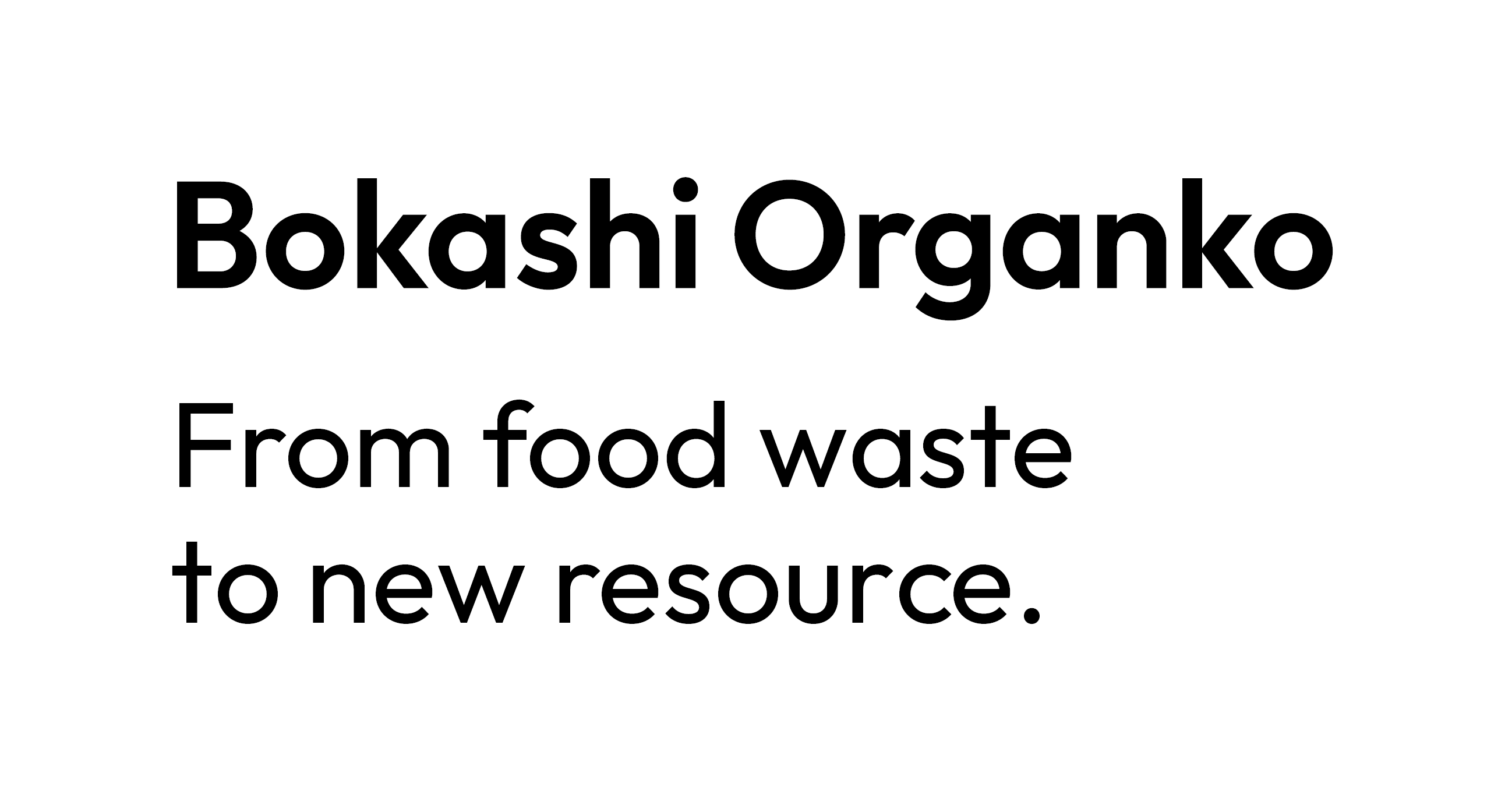Recent global events connected with the COVID-19 pandemic have really changed our lifestyle and made us rethink almost every detail of our everyday rhythm. On the positive side of this generally unpleasant experience, we discovered that many of the things we believed are fundamentally unchangeable can actually be revolutionized quickly, as it turned out.
Why not take this knowledge and apply it to many other habits, especially those connected with global warming and reducing emissions? Now that the restrictions are slowly loosening up and social events will sooner or later get back into our lives, we can start planning our first get-together and invite all our friends we haven’t seen in such a long time. But let’s try something new, let’s throw a zero-waste party.
Here are some ideas you can implement when organizing your first, but definitely not last, zero-waste party.
1. Send out electronic invitations for a zero-waste party
You can set the tone of your zero-waste party before it even starts. Instead of printing and mailing out invitations, why not do it all e-way. Most invitations get delivered this way anyway, but you can take a step further and use e-invite even for the events that traditionally require paper invitations, like weddings. The best part is that you can still be very creative since there are many resources you can use to fashion e-invitations. Canva, for example, is an excellent tool that is very easy to use.
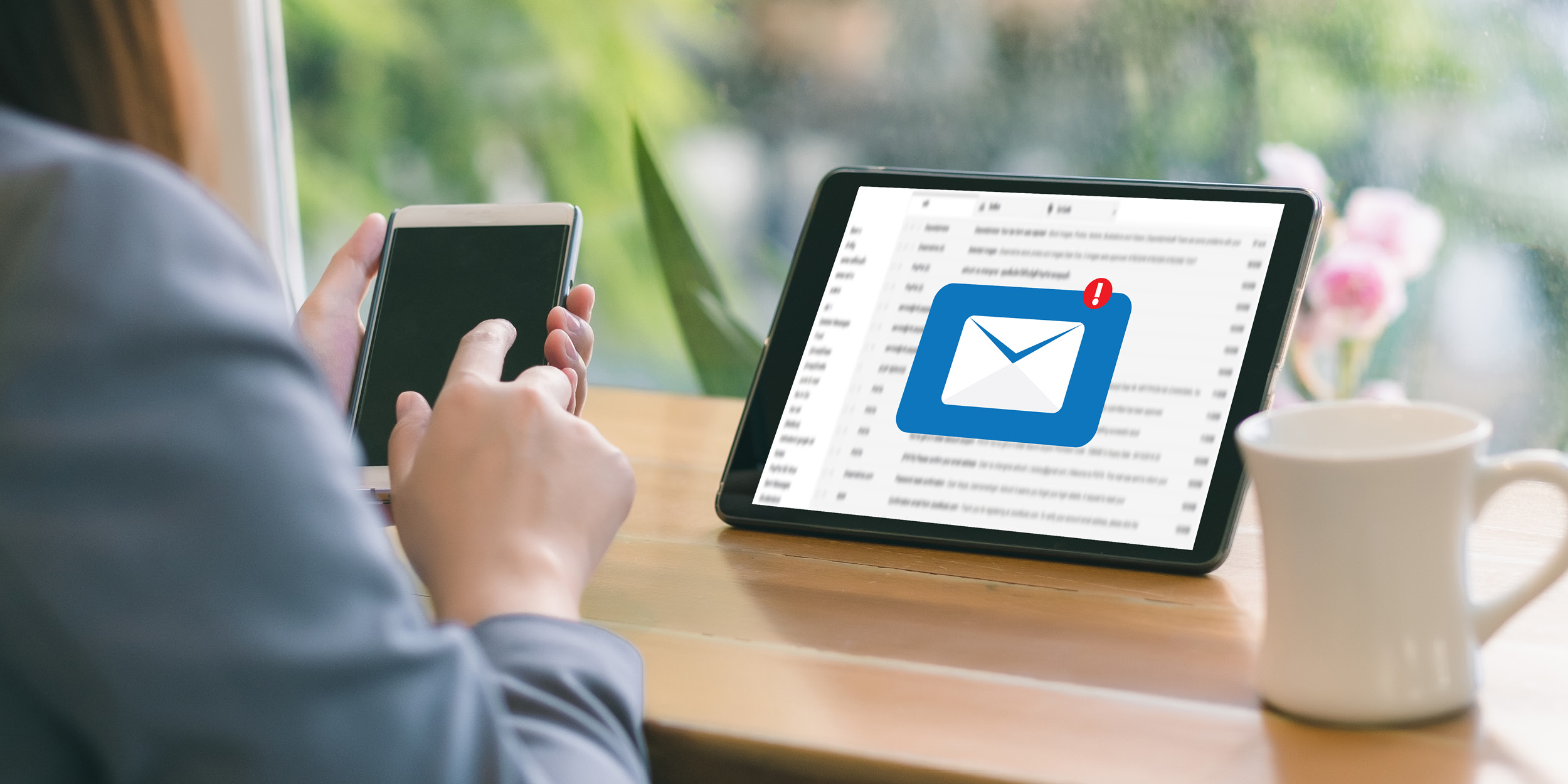 2. Demand/bring only zero-waste gifts
2. Demand/bring only zero-waste gifts
Presents are an important element of every social event. However, the zero-waste party calls for zero-waste gifts. We have already talked about them on our blog, so check out that post to get some fresh ideas in case you get invited to a zero-waste party. You can choose from various streaming service subscriptions and classes, such as yoga, for example. Plants can also be a wonderful zero-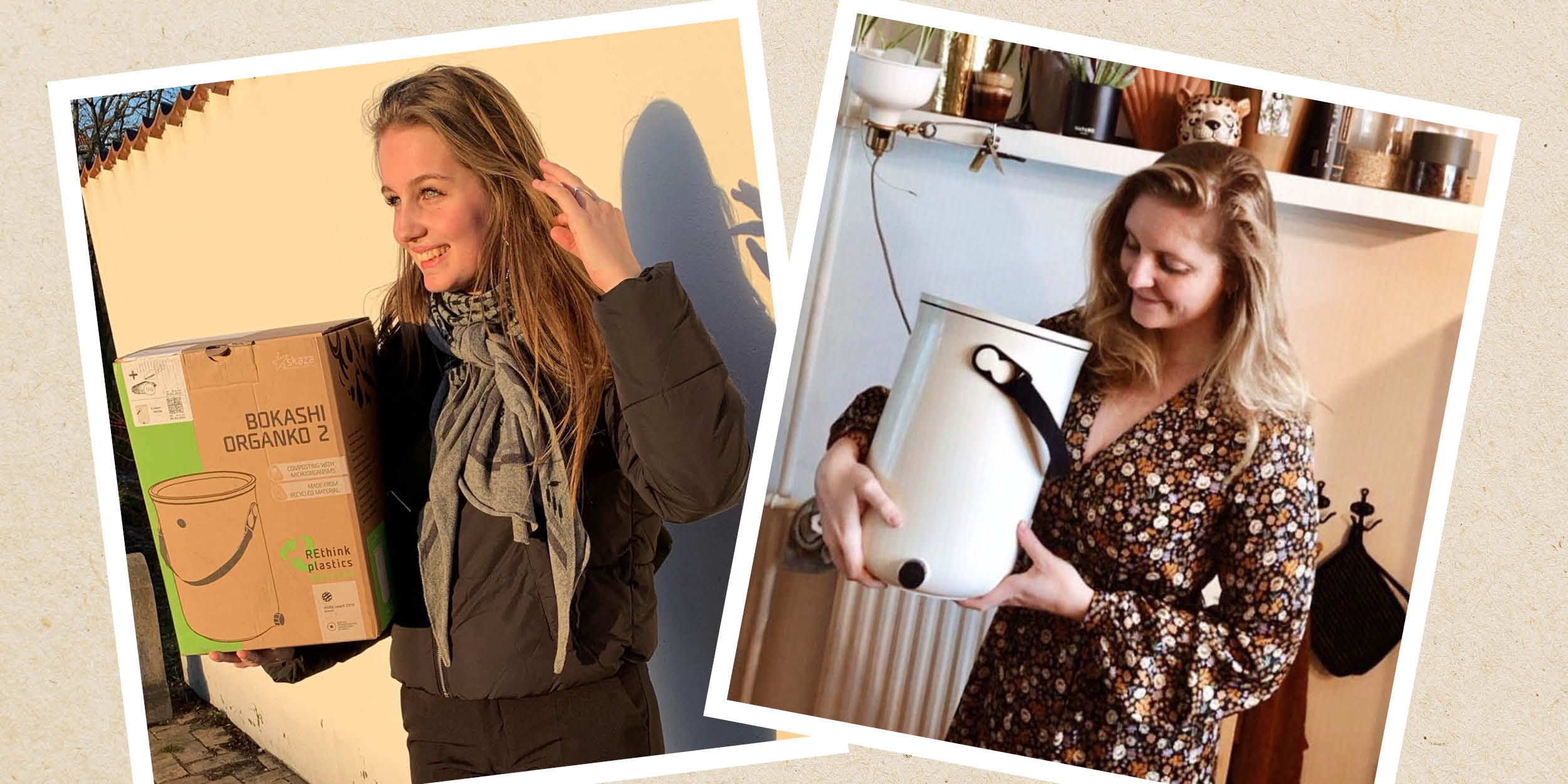 waste gift, or you can opt for an indoor composter made from recycled fishing nets.
waste gift, or you can opt for an indoor composter made from recycled fishing nets.
3. Cook plant-based meals
Did you know that livestock is a massive source of methane emissions, contributing between 35 and 40 % of methane emissions worldwide? That said, a zero-waste party can be an excellent opportunity for you to promote plant-based recipes among your more conservative friends. There are hundreds of fantastic finger-food options you can serve and make them realize that a meal doesn’t have to include meat to be nutritious and tasty.
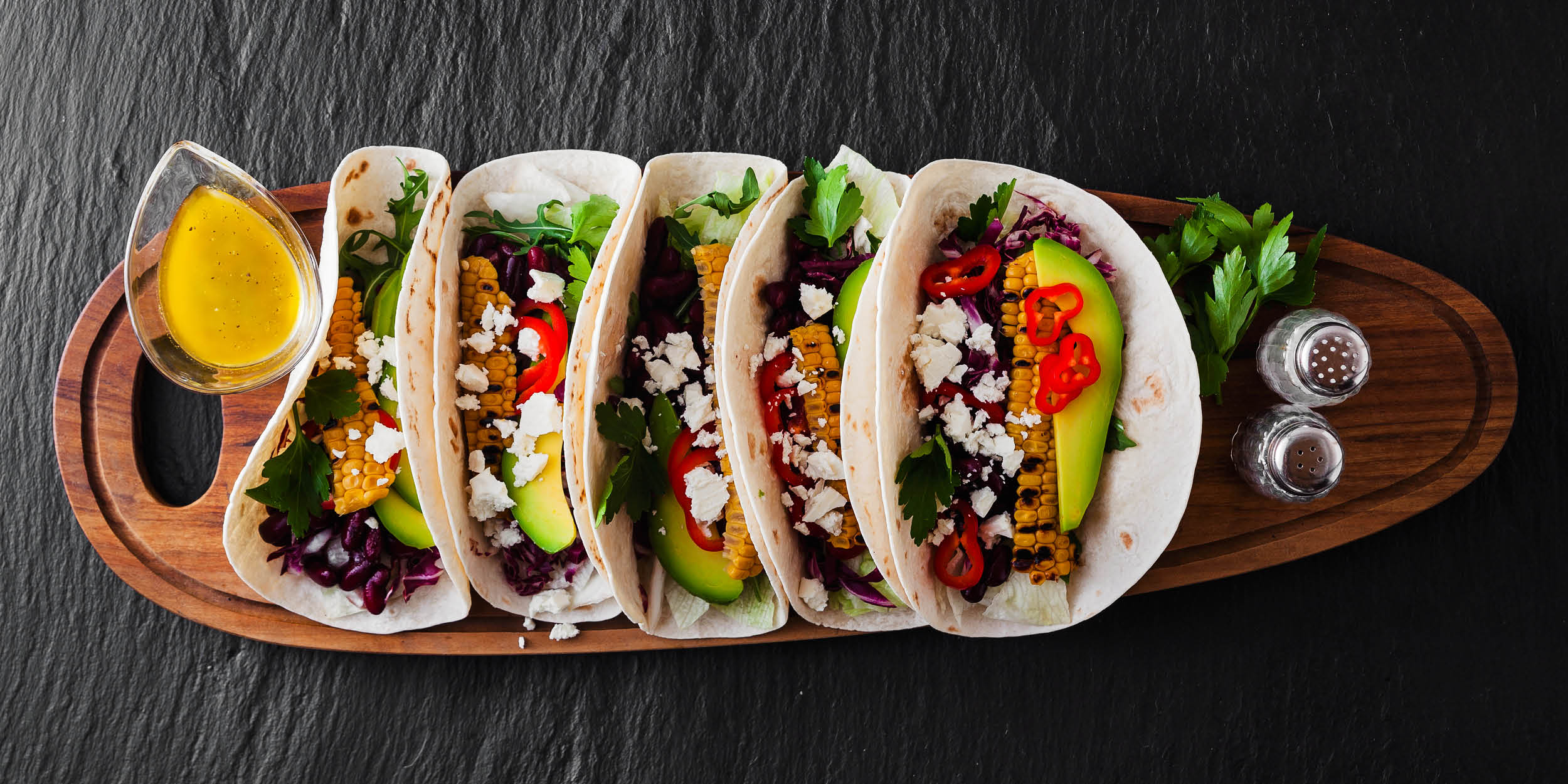 4. Use sustainable tableware
4. Use sustainable tableware
One of the main aspects of planning a zero-waste party should always be reducing waste of all kinds. First of all, you need to forget about buying single-use plastic cutlery or paper plates and cups. If the event is small enough, you should serve food and drinks in regular plates and glasses. Yes, that means you will have a lot of dishwashing to do, but it is definitely better for the environment. On the other hand, don’t hesitate to use a dishwasher if you own one, since it has been proven they use less water than handwashing. Furthermore, you can get sustainable tableware made from eco-friendly materials, such as sugar cane plastic, that is a perfect alternative to prevent single use plastics.
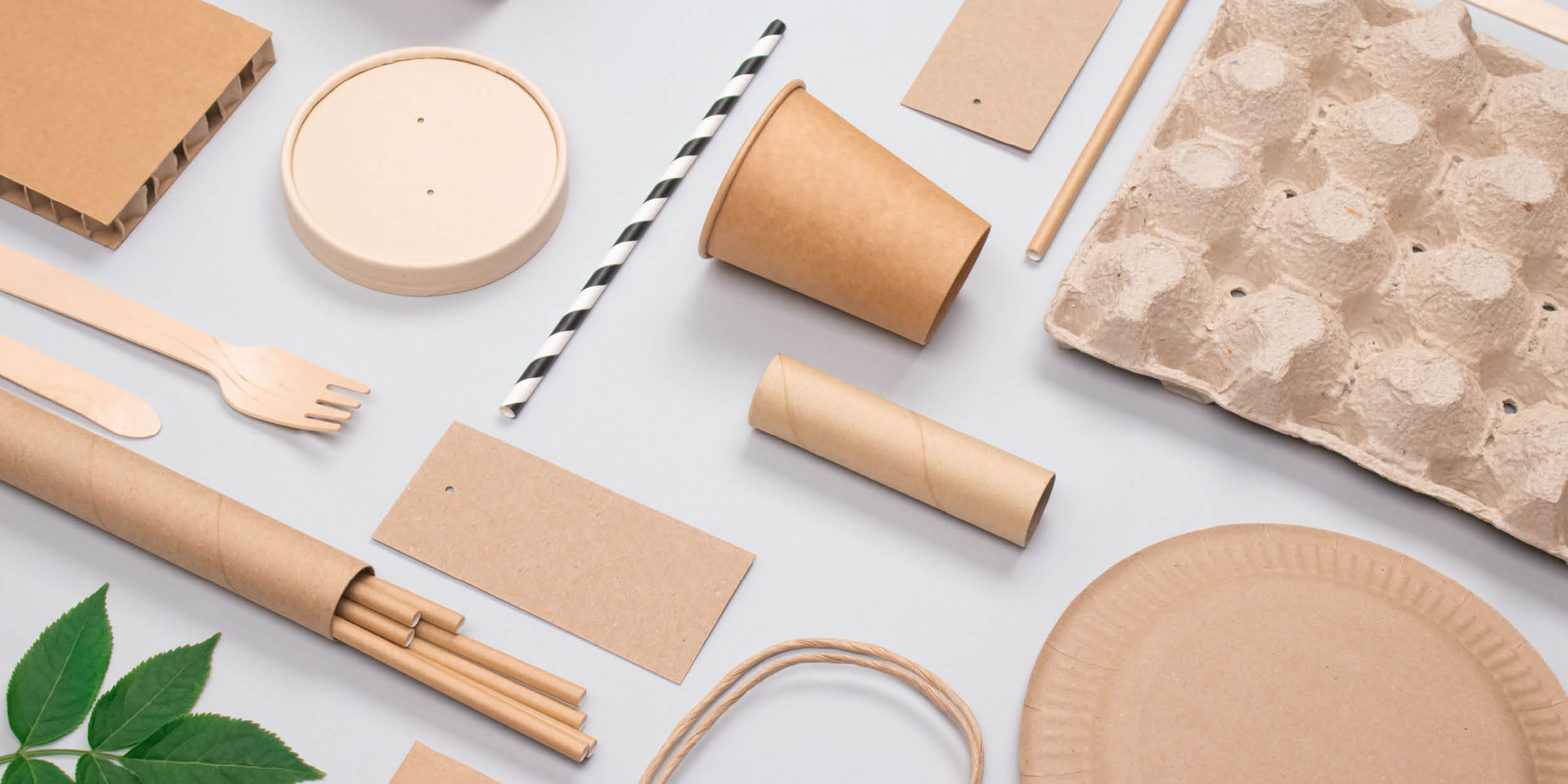 5. Manage food leftovers in an eco-friendly way
5. Manage food leftovers in an eco-friendly way
Every party ends with a ton of leftovers and there is no reason why a zero-waste party should be any different. However, you can still try to plan more carefully so that the excess of food is as low as possible. On the other hand, there are numerous options for what to do with leftover food and we have already dedicated a blog post to that exact topic. The best way, of course, is to ask each of the guests to take some home and make a meal out of it. You can even donate it to homeless people or  take it to work the next day and share it with your colleges.
take it to work the next day and share it with your colleges.
If you really have to throw it away, at least do it in the most sustainable way possible. Put food leftovers in a composter bin and use the natural fermentation process to turn them into beneficial fertilizer for your garden soil or balcony plants.

